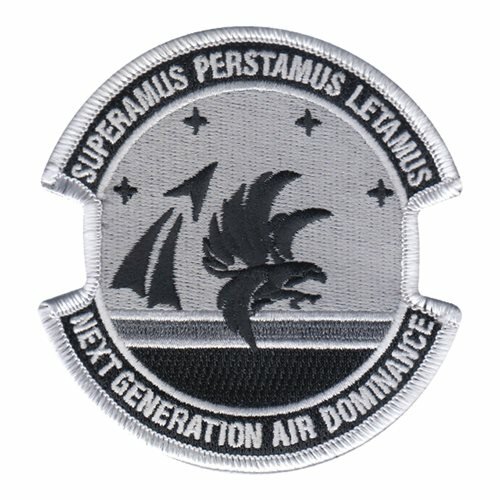Kat Tsun
eeeeeeeeeeeeeee
- Joined
- 16 June 2013
- Messages
- 1,366
- Reaction score
- 1,774
Whoever gets to autonomous UAVs with minimal human intervention first will have a huge advantage, particularly if such a platform is short/rough runway capable or runway independent. I doubt anyone is going to completely run out of pilots or maintainers any time soon, but having an aircraft that is quicker to manufacture and doesn't require a pilot allows for a rapid buildup of mass or replacement of attrition. Even more so if the core control element can be ported across multiple designs and manufacturers, which seems to be what the AFRL is attempting.
More or less, yeah. No one is going to run out of maintainers or pilots, sure, but you'll hit a critical mass where it's impossible to replace losses and you never have enough to overmatch the enemy in the first engagement. Which means attrition sets in.
That means either airpower becomes irrelevant (Ukraine) or airpower vanishes against opponent aviation (ETO). Which way it goes depends on the nearness of air power parity of the opponents.
It doesn't need to be short field capable at all. Just use a Bas 90-style system where you have a main airbase, scramble from that, and then half a dozen single-squadron divert fields nearby that the maintenance and aviation wing split off to. That confounds nuclear targeting much less far less sortie efficient PGM attacks.
I assume the PRC has a similar effort underway, though I've not heard any public information released concerning such. Where as the USAF has so many separate UCAV technology programs investigating different aspects on different platforms that it is difficult to track all of them. Most of them seem like tech feeder projects outside of the CCA program, which will be the actual finished platform.
The USAF having multitudinous programs is probably indicative of a general lack of interest. If it were truly serious, it would be defining actual combat requirements, and narrow it down to one or two main combat systems. It did this with JSF and ATF. That it can't do it with drones is...interesting.
I'd guess it's trying to merge manned and robotic systems so it can try to have its cake and eat it too, though. A fully unmanned autonomous system is probably too adventurous for most air forces, PRC included, and a fully manned system is demographically unsustainable. The best middle-of-the-road option is optional manning.






